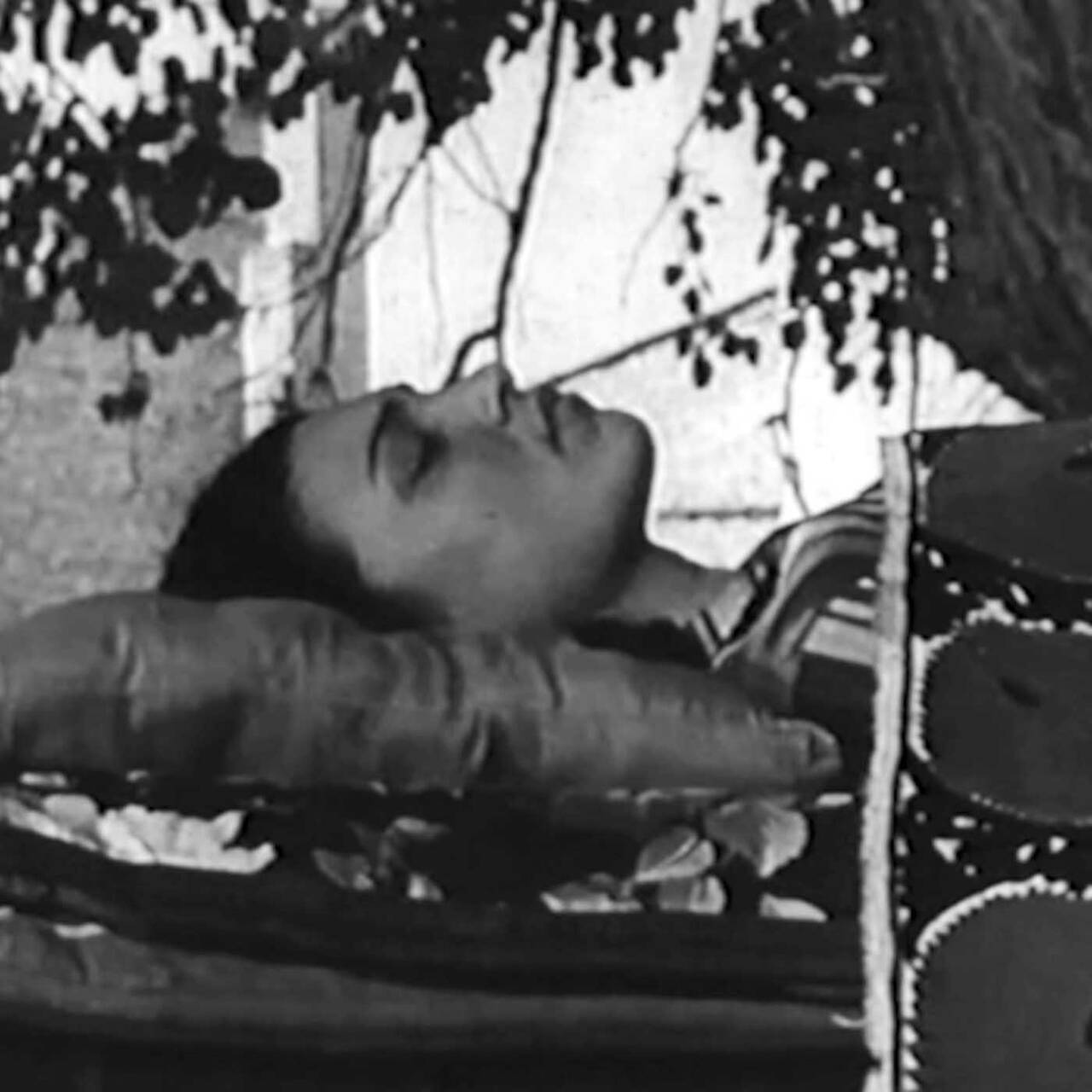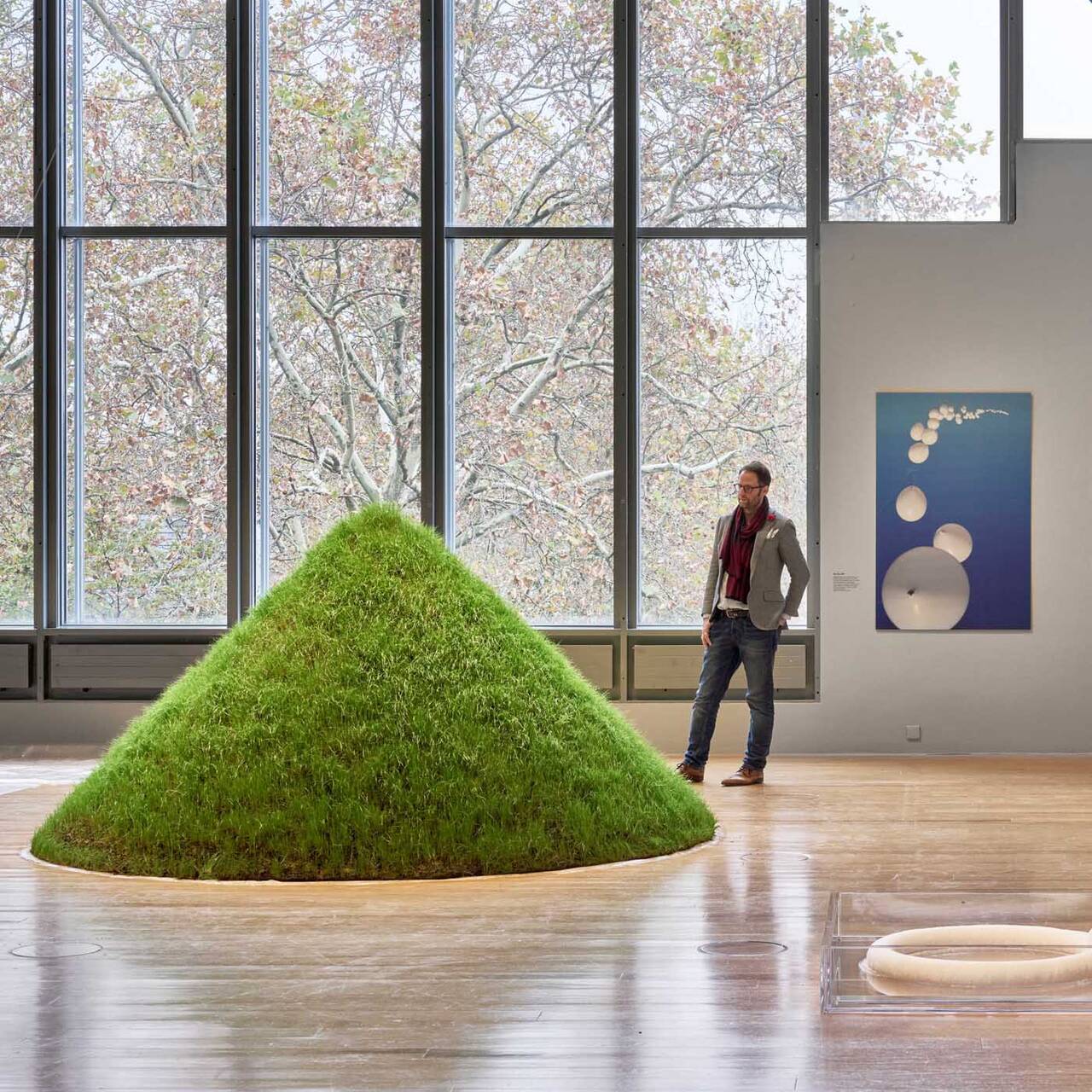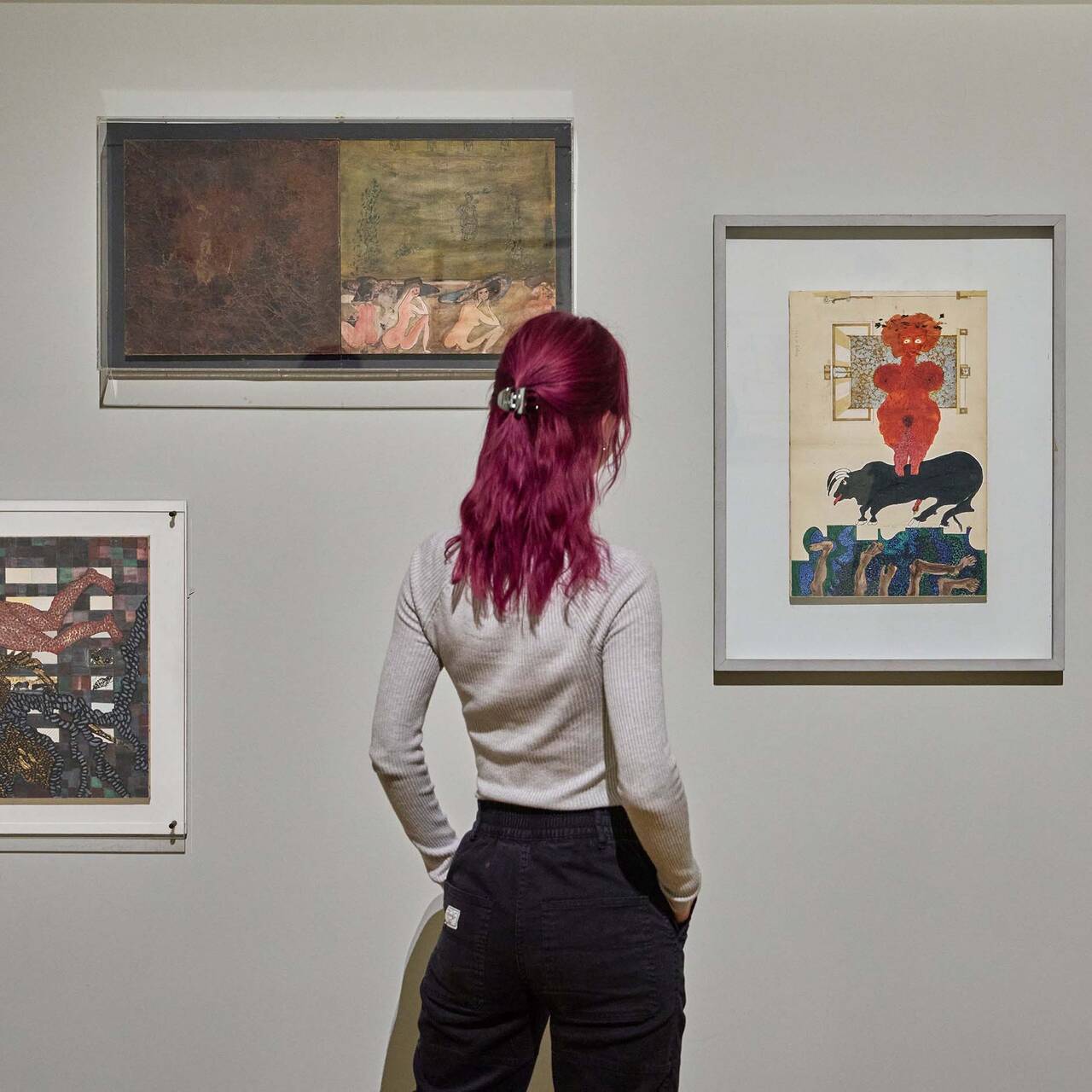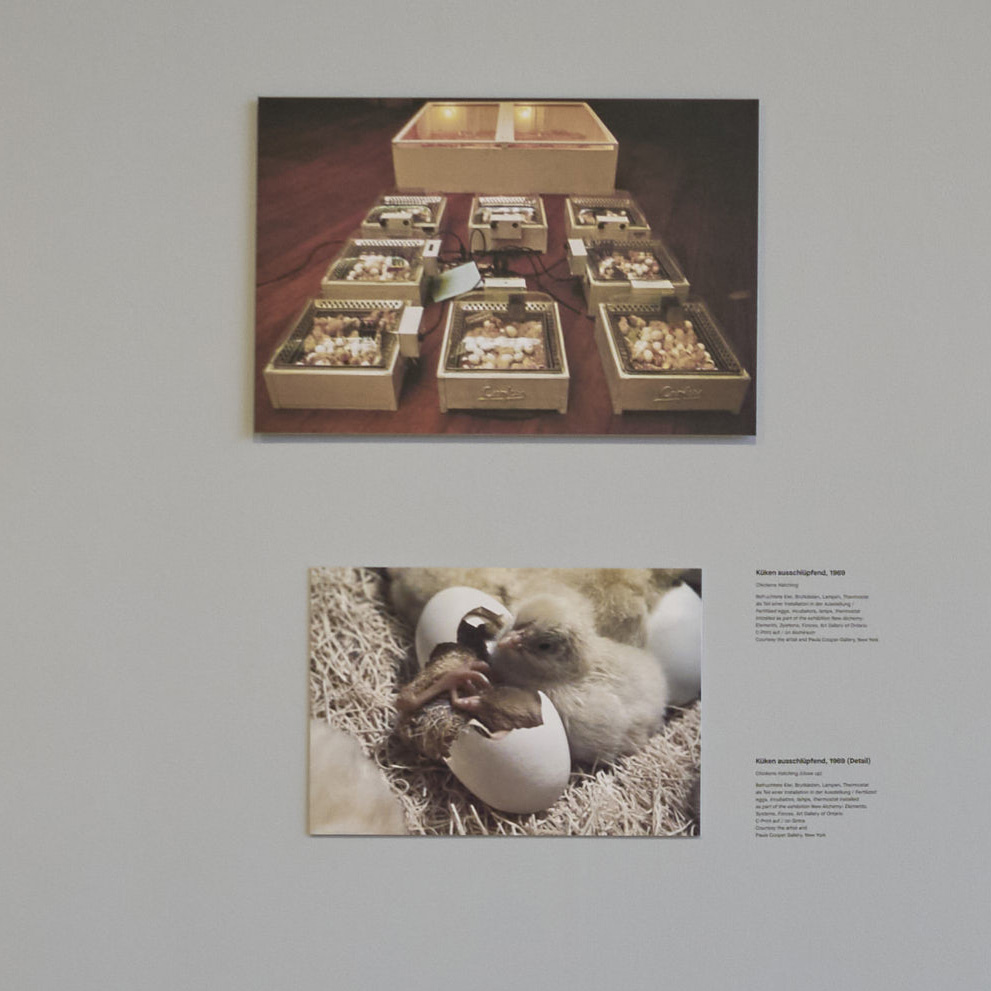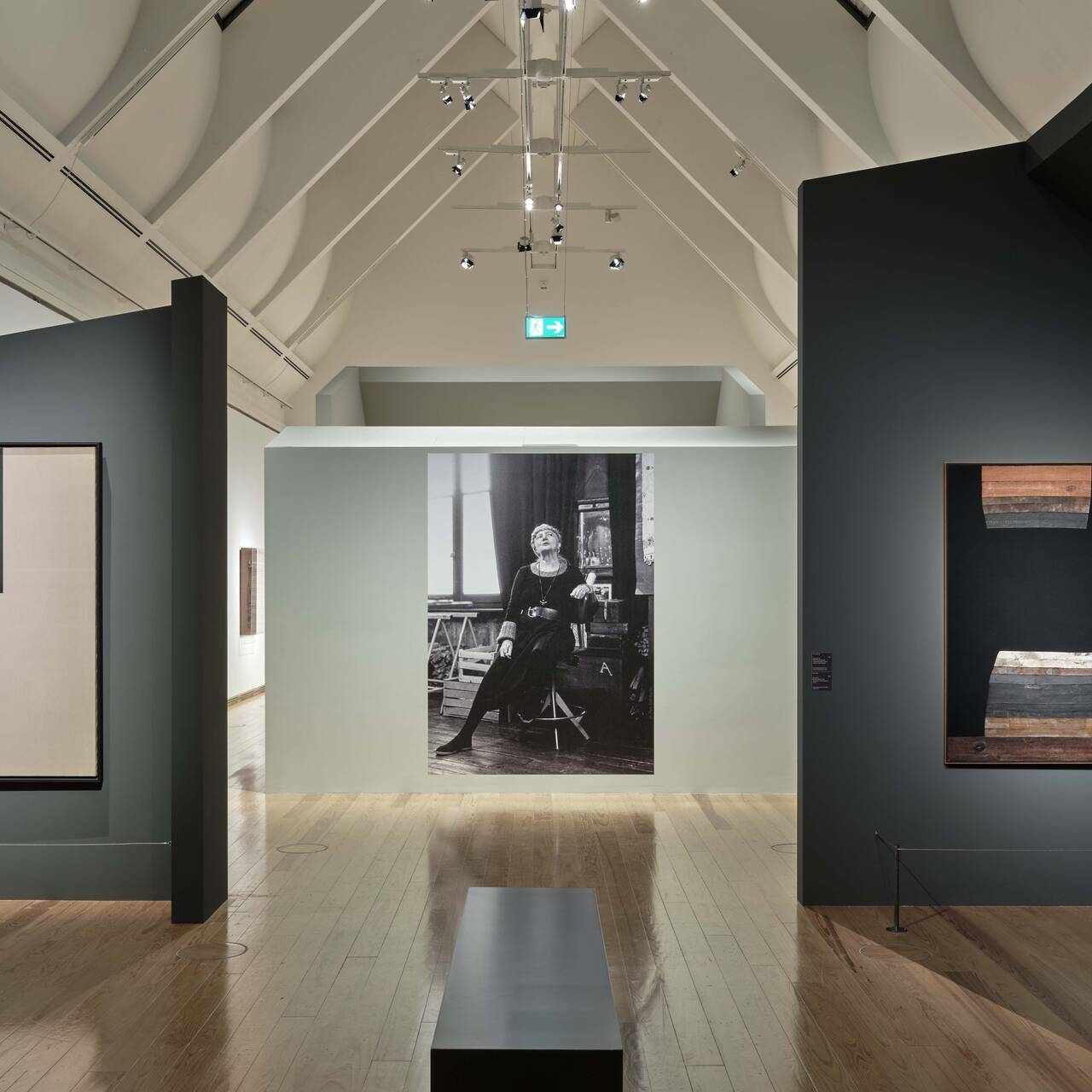CAROL RAMA determinedly forged her own path through the art world. Her spectacularly staged studio in Turin was opened to the public only a few years after her death. What do the objects in her studio tell us about her working practice and life as an artist?
Born in 1918 in Turin, Carol Rama spent most of her life in the city. She started to paint in her early twenties and moved in her studio at 15 Via Napione, which became the lifelong centre of her artistic work, in 1943. Celebrated in her old age, Rama won a lifetime achievement award at the Venice Biennale in 2003. She died in Turin in September 2015, aged 97: four years later, her home studio, that once was covered by the Italian Vogue as some kind of “Gesamtkunstwerk”, was opened to the public as a museum.
When I visited it, I was struck by its atmospheric lighting with lamps everywhere, several portable televisions, the number of framed drawings and photographs of Rama and her friends on the walls, and some of the famously inventive and unconventional materials that she used. As a Gesamtkunstwerk itself, it reflects the multifaceted nature of the artist. Below is a list of objects that can be seen during tours, which illustrate Rama’s working practices and illuminate her life as an artist.

The desk
The area around Carol Rama’s desk, and the items on it, show the extraordinary breadth of her practice, and just how long she lived and worked. Besides her paintings on the surrounding walls, there are paintbrushes, an old typewriter and a television, several lamps, and a head made out of glass, an abstracted figure that recalls her “Sguardo” and “Figura (sedia rossa)” (both from 1947), portraits that dispense entirely with facial features, dissolving the flesh into a flesh-coloured oval shape. There are also wooden figurines, a symbol of Rama’s lifelong exploration of the human physique, from her early watercolour paintings of naked bodies to her later works that break the figure down into its constituent parts. It may look chaotic at first glance, but it is the perfect introduction to Rama’s rich and varied world.

The wall of photographs
Rama followed her artistic vision without compromise – one reason why wider recognition came late in her career – but she was well connected throughout the art world, as the wall of framed drawings and photographs demonstrates. They span from the 1940s and 1950s, when she temporarily joined the Movimento Arte Concreta (MAC) to the company of Andy Warhol, and the gallerist Luciano Anselmino who represented both Rama and Warhol, to an exhibition in Turin in 1992 and beyond. They also testify to contacts beyond the artscene: In one picture on the wall Rama can also be seen with American film star Liza Minnelli.

Doll’s and taxidermic eyes
Rama used bicycle inner tubes, cut-off paint tubes and other everyday objects, sharing a belief with her contemporaries that art should not be detached from daily life. She kept a box of dolls’ and taxidermy eyes in her studio: there are unsettling when seen there, but in works such as “Bricolage” (1966), they jump out at the viewer from an otherwise abstract canvas of brown, grey and red paint, in one of her most haunting and unforgettable uses of unconventional material.

The handwritten poem from Man Ray
There are several objects that testify to Rama’s relationship with the Surrealist movement, whereby she puts her own, distinctive spin on the (male-dominated) Surrealist’s fascination with eroticism and the deviant. This can be seen in her watercolour paintings from the 1930s and 1940s: “1930-1931 brevetto n. 7H1261R (Appassionata)” shows a naked woman with amputated legs in a wheelchair, still having her red pumps on the useless footrests, as dreamlike (or nightmarish) a vision as can be found in any surrealist art or film. Hung underneath a window and above a table in the studio is a framed, handwritten poem from her friend Man Ray, who wrote an introduction for the catalogue for Rama’s solo exhibition at the Galleria Il Fauno in 1974. This poem variates her name seven times and concludes “Carol Rama – femme de sept visages vue par Man Ray” (‘woman with seven faces seen by Man Ray’).

Image via thegazeofparisienne.com
Architectural diagrams
When Rama returned to figuration late in her career, she tended towards drawings, keeping pots of coloured pencils and felt-tip pens on her desk. She often drew over found images – especially architectural diagrams – with naked women, torsos, winged creatures and other fantasy figures. In “Seduzioni (Numeri Onde)” (1984), Rama drew on (and over) her home city, this time a map of the university, with a naked female figure with wings that resembled a wooden door, a mysterious man with a hat, and two frogs. It hinted at some strange, esoteric knowledge imparted at the school, tapping into Turin’s reputation as the ‘City of Magic’ – it was built on the 45th parallel where, according to occultists, is where magic triangles meet.

The Golden Lion
The small statuette Rama received in Venice in 2003 was not (at least when I visited) elevated above any other item in her studio, being almost hidden behind a statuette of Hindu Lord Shiva and a couple of pots. Awarded when she was 85, the golden winged sculpture blends perfectly into the studio surroundings, as if Rama was always meant to win it – but clearly, she knew it was her art that stood testament to her talent and importance, not the trophy. Talking about her late international recognition, Rama said, “Of course, [it] makes me mad as hell, because if I’m really that good, I don’t understand why I had to starve myself for so long, even though I’m a woman.”








